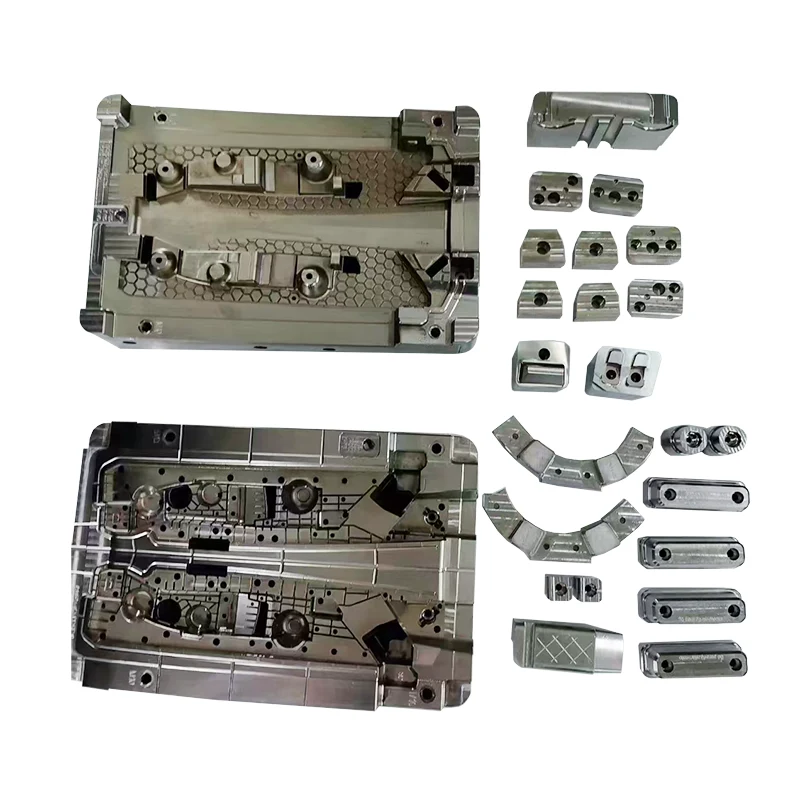- English
- Español
- Português
- русский
- Français
- 日本語
- Deutsch
- tiếng Việt
- Italiano
- Nederlands
- ภาษาไทย
- Polski
- 한국어
- Svenska
- magyar
- Malay
- বাংলা ভাষার
- Dansk
- Suomi
- हिन्दी
- Pilipino
- Türkçe
- Gaeilge
- العربية
- Indonesia
- Norsk
- تمل
- český
- ελληνικά
- український
- Javanese
- فارسی
- தமிழ்
- తెలుగు
- नेपाली
- Burmese
- български
- ລາວ
- Latine
- Қазақша
- Euskal
- Azərbaycan
- Slovenský jazyk
- Македонски
- Lietuvos
- Eesti Keel
- Română
- Slovenski
- मराठी
- Srpski језик
Rapid Prototypes: Make Your Workflow Smoother!
2025-04-11
At work, it can be hard to determine what kind of prototypes we need to output? And there is no precise definition of what is low fidelity and what is high fidelity.
Fidelity refers to the similarity of the prototype to the final product or solution. You can choose from different levels of accuracy, depending on the current stage of the process and the goals of the prototype.

From an idea to a complete product, the process is complicated. Everyone who wants to build their own product should be able to prototype, get feedback through prototypes, and then iterate continuously. Prototyping comes in many forms, from simple drafts on paper to interactive simulations that look like the final product.
Rapid Prototypes design is an iterative process of visualizing a web page or application to obtain feedback and approval from users, stakeholders, developers, and designers. When used well, Rapid Prototypes design can improve the quality of the design by strengthening multi-party communication and avoiding the production of a product that users don't like.
Rapid Prototypes are not a fully functional version of a system, it is just used to help visualize the user experience of the final product. You can prototype not only screens, mobile apps or web pages, but anything. Prototyping is great for testing new features, process changes, emerging technologies, and new interfaces.
Now we understand what Rapid Prototypes is. But how do we do it?
Rapid Prototypes involves a 3-step process that iterates as needed. Prototype: Create a visual model of your solution or interface. Review: Share the prototype with users to explore whether it meets their needs and expectations. Improve: Based on user feedback, find out what needs to be improved or further clarified.
A prototype usually starts with a simple model that only covers the key points, and becomes more complete and complex with each iteration as data from user feedback is collected.
What should your prototype include? Focus on the key features that users use most often. The meaning of Rapid Prototypes is to show how a feature works or what it looks like before you need to plan the entire product details.
Prototype the entire user flow at once. Rather than designing one interface at a time, prototype design should be based on a user scenario that includes all the areas you want to prototype. This way, you will get more accurate user feedback because your prototype will actually reflect the user's real-life scenarios. For example, you can prototype the entire "register/login/reset password" process.





